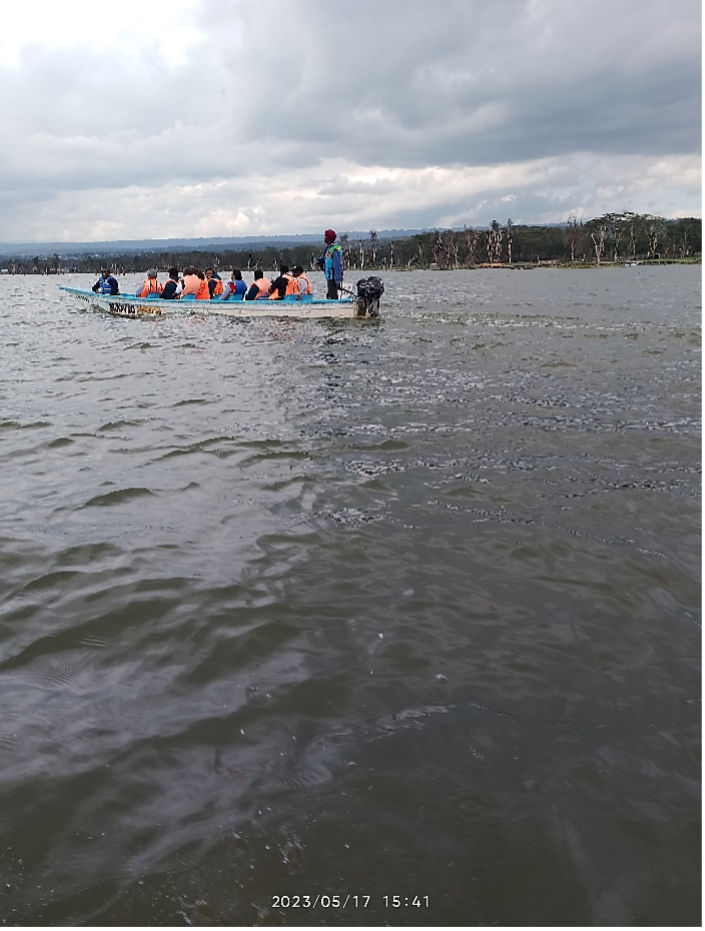Seed collection, germination, and seedling production
Identify and prepare suitable planting microsites, especially protected sites with suitable conditions that can support the species growth
Partnerships: indigenous people and local communities engagement
Monitoring and research
